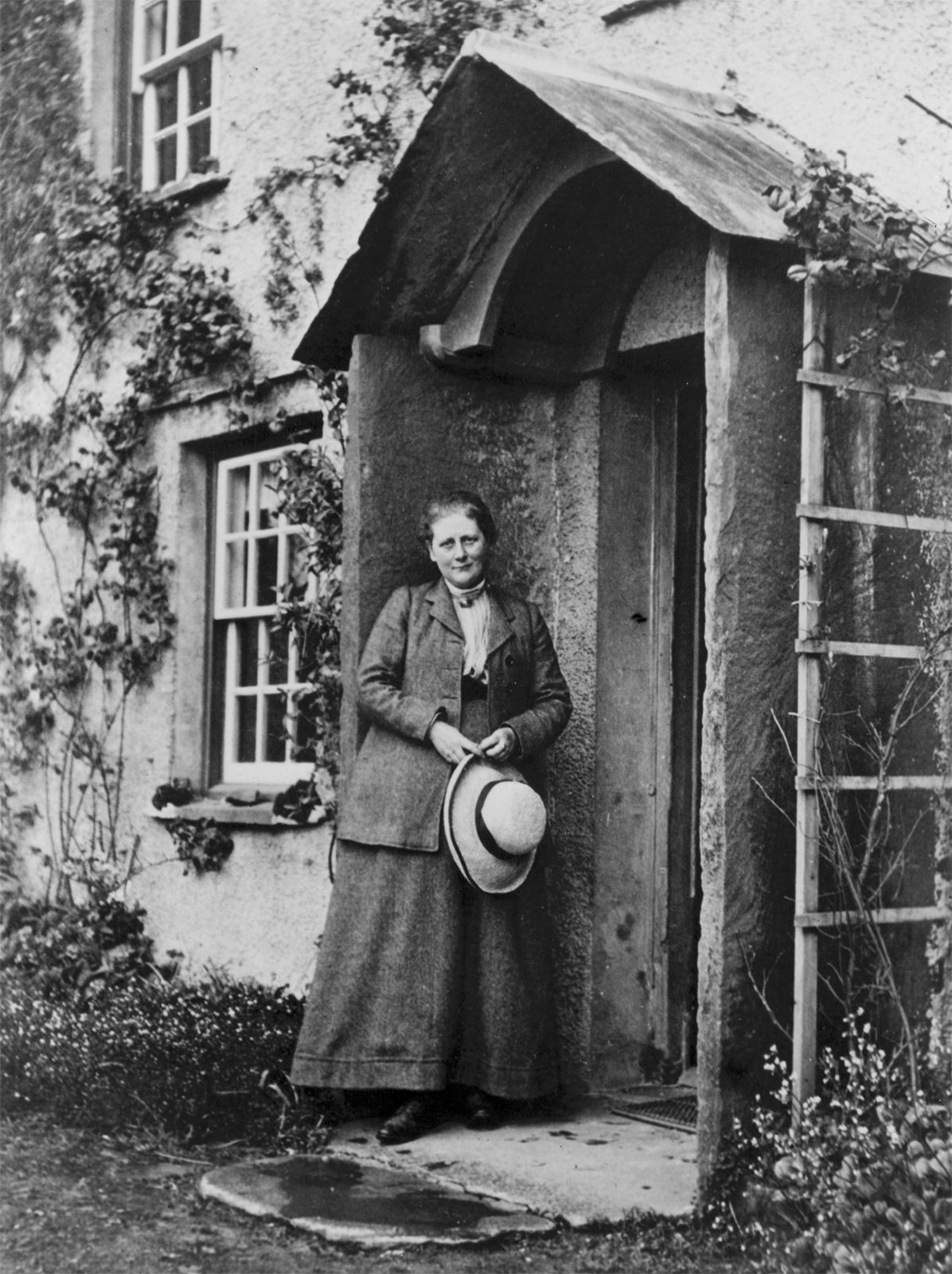“The Tale of Peter Rabbit” by Beatrix Potter is a timeless children’s story loved across generations. The narrative follows the mischievous Peter Rabbit as he disobeys his mother and ventures into Mr. McGregor’s garden. However, before Peter even sets foot in danger, his mother gives a crucial warning, mentioning, “Your father had an accident there; he was put in a pie by Mrs. McGregor.” This immediately raises a question for many readers, especially young, inquisitive minds: what exactly happened to Peter Rabbit’s dad?
In the story, the details surrounding Peter Rabbit’s father are intentionally vague and somewhat ominous. Mrs. Rabbit’s warning is brief and to the point, designed to deter her children from entering the perilous garden. The mention of being “put in a pie” is stark and introduces a sense of real danger that contrasts with the otherwise charming watercolor illustrations and the adventurous tone. This dark undertone is a key element of Potter’s storytelling, acknowledging the realities of the natural world, where animals face genuine threats.
 Beatrix Potter in 1913, author of The Tale of Peter Rabbit
Beatrix Potter in 1913, author of The Tale of Peter Rabbit
Beatrix Potter, the author and illustrator, masterfully uses this subtle reference to Peter’s father to establish the stakes of the story. It’s not just about a playful adventure; there are genuine consequences for disobedience. Mr. McGregor’s garden isn’t simply a place to get a tummy ache from too many vegetables; it’s a place where rabbits can meet a grim end. The father’s fate, though not explicitly depicted, serves as a powerful cautionary tale right from the beginning of the book.
While the story doesn’t delve into the specifics of how Mr. McGregor caught Peter’s father or how Mrs. McGregor turned him into a pie, the implication is clear enough for children to understand the danger. The focus isn’t on the gruesome details, but on the lesson of heeding parental warnings. The absence of a detailed backstory about the father actually enhances the story’s impact. It leaves a lingering sense of unease and highlights the very real dangers present even in seemingly idyllic settings.
Ultimately, “what happened to Peter Rabbit’s dad” remains a mystery within the narrative, deliberately so. It functions as a narrative device to create immediate tension and underscore the importance of Peter’s mother’s instructions. It’s a testament to Beatrix Potter’s genius that with just a few words, she could introduce such a compelling backstory element that continues to intrigue readers and adds depth to this beloved children’s classic. The unanswered question about Peter Rabbit’s father contributes to the enduring appeal and slightly edgy charm of “The Tale of Peter Rabbit.”